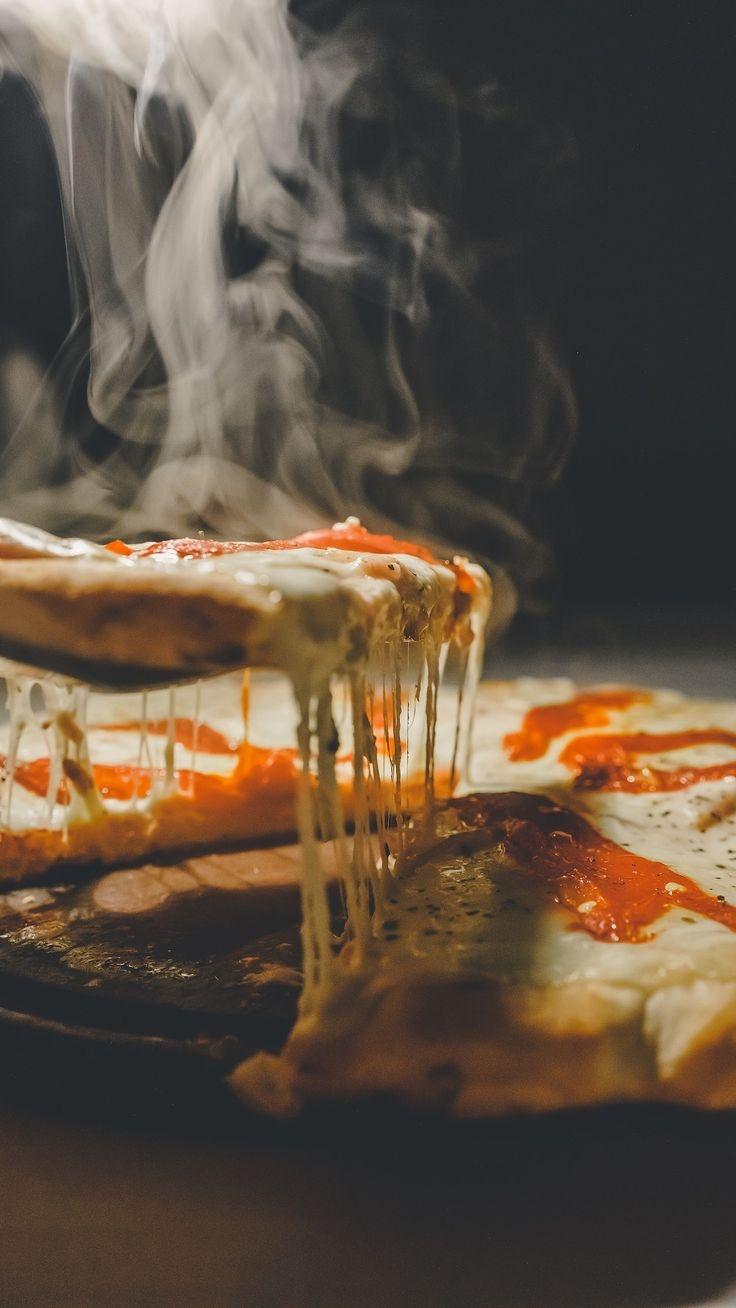At EvenFieldLane, our philosophy is that sublime pizza is rooted in sublime dough. With over 30 years of refining our technique, we are thrilled to let you in on some of our secrets. Although our precise recipe is a closely guarded treasure, these guidelines will assist you in creating your own pizzeria-style pizza dough.
Flour Quality is Key
The cornerstone of any fantastic pizza dough is the flour's quality. 00 flour, which is a finely milled Italian variety with a protein content roughly at 12%, is our go-to flour. It strikes an ideal balance between elasticity and softness. If 00 flour is not available, a worthy alternative would be bread flour, which might yield a marginally different texture.
Considerations for Water: Temperature and Moisture Levels
Your water's temperature is critical for controlling fermentation duration and the dough's development. Cooler water, roughly 45°F (7°C), should be chosen for extended fermentation for enhanced flavor, whereas warmer water, around 85°F (29°C), is suitable for a rapid fermentation process. The dough should have a hydration percentage in the region of 60-70% for optimal results in most domestic ovens.
Yeast Quantity and Time's Role
A flavor-rich dough often involves less yeast and more time to ferment. For doughs that are let to ferment anywhere between 24 and 48 hours, we use merely about 0.2% of fresh yeast in proportion to our flour. This gradual fermentation cultivates intricate tastes and results in dough that's more digestible.
Salt's Dual Purpose
Salt is crucial not just for flavoring your dough, but it also fortifies the gluten network and keeps fermentation in check. We use fine sea salt at a ratio of 2.5-3% to the weight of the flour. To avoid any direct contact with the yeast, which could hinder its activity, add the salt after the flour and water begin to blend.
Fermentation: A Craft
Once your dough is mixed, allow it to undergo an initial bulk fermentation at room temperature for about 2 hours. Then, divide it into portions for individual pizza bases and place them in covered containers in the refrigerator for a cold fermentation period lasting from 24-72 hours. During this phase, enzymes act on the dough, breaking down starches into sugars for added flavor and to facilitate that golden crust.
Gentle Dough Handling
When it's time to bake, let your dough sit at room temperature 1-2 hours before you start. It’s important to handle the dough carefully to keep the gas bubbles intact. Instead of using a rolling pin, which can deflate the dough, gently press and stretch it out with your fingertips.
High Temperatures for the Perfect Finish
Our professional ovens can reach up to 850°F (454°C), but you'll likely be using a home oven with a maximum of about 550°F (288°C). To emulate the intense bottom heat, heat a pizza stone or steel for at least an hour before baking. This helps achieve the coveted crispy bottom and a light, airy middle.
The art of preparing the perfect pizza dough is a continuous learning experience, each batch offering new insights. Keep notes, tweak things accordingly, and find out what yields the best results in your kitchen space.
To witness how we craft our dough, come to one of our monthly pizza classes led by Chef Giovanni. Explore the events schedule for more information on upcoming dates!

